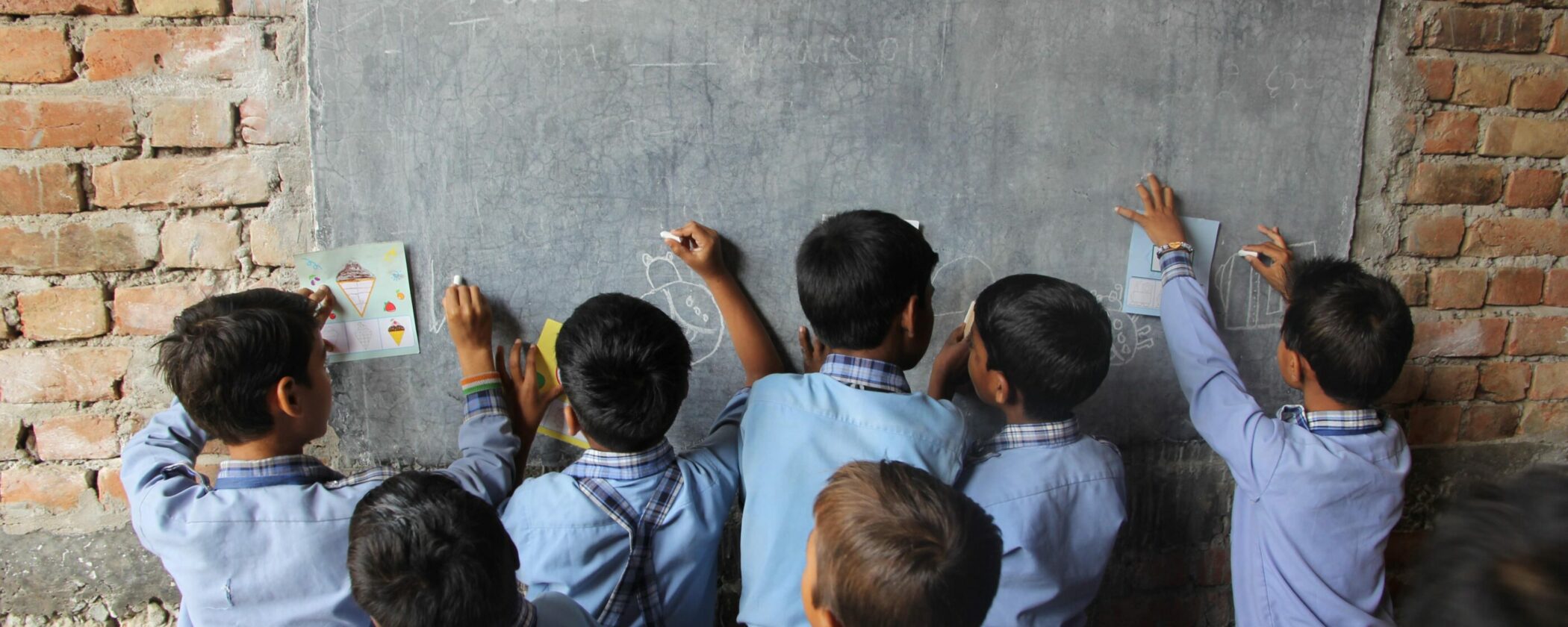Glossary
Key child safeguarding terms and definitions.

C
Child
Any person under the age of 18.
Child abuse
Child maltreatment is the abuse and neglect that occurs to children under 18 years of age. It includes all types of physical and/or emotional ill-treatment, sexual abuse, neglect, negligence and commercial or other exploitation, which results in actual or potential harm to the child’s health, survival, development or dignity in the context of a relationship of responsibility, trust or power. (WHO)
Child protection
Preventing and responding to all violence, exploitation and abuse against children.
Child safeguarding
The responsibility of all organisations to make sure their staff, programmes, partners and operations do no harm to children.
Child Safeguarding Policy
A child safeguarding policy is a written document that sets out an organisation’s commitment to preventing and responding to child abuse. The policy should reflect the rights of children to protection from abuse and exploitation as outlined in the United Nations Convention of the Rights of the Child (UNCRC).
More detailed information on how to develop a child safeguarding policy can be found in the KCS Developing Child Safeguarding Policy and Procedures guide.
Child sexual exploitation
A form of sexual abuse that involves children being engaged in any sexual activity in exchange for money, gifts, food, accommodation, affection, status, or anything else that they or their family needs. It usually involves a child being manipulated or coerced, which may involve befriending children, gaining their trust, and subjecting them to drugs and alcohol. The abusive relationship between victim and perpetrator involves an imbalance of power where the victim’s options are limited. It is a form of abuse that can be misunderstood by children and adults as consensual.
Child sexual exploitation manifests in different ways. It can involve an older perpetrator exercising financial, emotional or physical control over a young person. It can involve peers manipulating or forcing victims into sexual activity, sometimes within gangs and in gang-affected neighbourhoods. It may also involve opportunistic or organised networks of perpetrators who profit financially from trafficking young victims between different locations to engage in sexual activity with multiple abusers.
Code of Conduct
A code of conduct set out acceptable and unacceptable behaviour around children, and the sanctions for failing to comply. All staff, associates and volunteers should sign the code of conduct and receive training on it.
Commercial exploitation
Exploiting a child in work or other activities for the benefit of others and to the detriment of the child’s physical or mental health, education, moral or social-emotional development. It includes, but is not limited to, child labour.
E
Emotional abuse
Persistent emotional maltreatment that impacts on a child’s emotional development. Emotionally abusive acts include restriction of movement, degrading, humiliating, bullying (including cyber bullying), and threatening, scaring, discriminating, ridiculing or other non-physical forms of hostile or rejecting treatment.
N
Neglect and negligent treatment
Allowing for context, resources and circumstances, neglect and negligent treatment refers to a persistent failure to meet a child’s basic physical and/or psychological needs, which is likely to result in serious impairment of a child’s healthy physical, spiritual, moral and mental development. It includes the failure to properly supervise and protect children from harm and provide for nutrition, shelter and safe living/working conditions. It may also involve maternal neglect during pregnancy as a result of drug or alcohol misuse and the neglect and ill treatment of a disabled child.
P
Physical abuse
Actual or potential physical harm perpetrated by another person, adult or child. it may involve hitting, shaking, poisoning, drowning and burning. Physical harm may also be caused when a parent or carer fabricates the symptoms of, or deliberately induces illness in a child.
R
Risk
A child safeguarding risk is the possibility that a child might be harmed by an organisation’s staff programmes, partners or operations.
Risk Assessment
A child safeguarding risk assessment considers the risks of harm to children from an organisation’s staff programmes, partners or operations.
S
Sexual abuse
Forcing or enticing a child to take part in sexual activities. This may include, but is not limited to, rape, oral sex, penetration, or non-penetrative acts such as masturbation, kissing, rubbing and touching. It may also include involving children in looking at, or producing sexual images, watching sexual activities and encouraging children to behave in sexually inappropriate ways.
If you are new to child safeguarding, start here:
The International Child Safeguarding Standards
Download the standards, and guidance on implementing them in your organisation.
Online child safeguarding courses in English and Spanish.
Child safeguarding tools and resources.